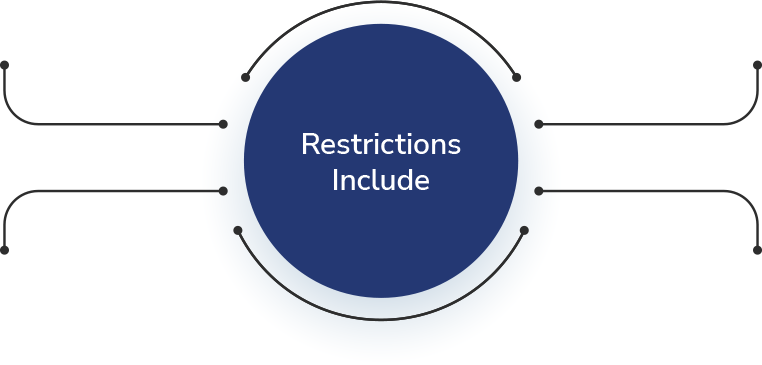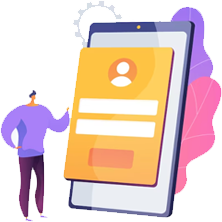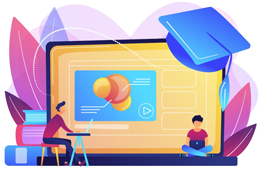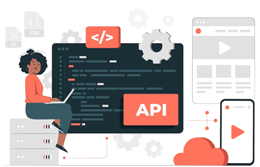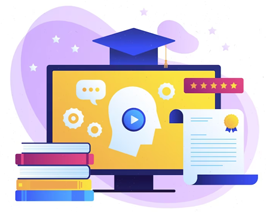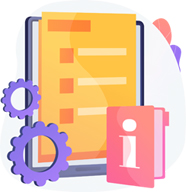Online educational technology refers to the use of digital tools and resources to facilitate learning and teaching processes. It involves the use of various software, applications, and platforms that provide access to educational content and enables interaction between teachers and learners. Online educational technology is the latest and most exciting way to learn.
It has been revolutionizing how people learn and educate them since its inception in the late 1990s. Online educational technology has become one of the most popular tools used to teach and learn. The first step to using online educational technology is to identify the kind of program you want to use. If you are asking, how can I teach maths online, there are several options available and they can be very different depending on your goals. Some programs focus on specific topics while others offer more general programming.
Virtual Live Classes (VLCs)
Virtual live classes are online sessions where teachers and students can interact in real time through video conferencing tools. The benefits of virtual live classes include the ability to engage with students regardless of their location, promote real-time discussions, and provide immediate feedback.
Virtual live classes are an excellent option for those who would like to learn from experts in the field but don't have access to the right location or time frame. You can take part in classes via video conferencing software such as Google Hangout or Skype or simply watch them at your convenience. So, learning how to use skype for online teaching is essential since this type of program allows students to interact with their instructors and ask questions, which makes it very interactive and engaging for everyone involved.
The student can see his or her teacher face-to-face or via video conferencing application while learning from him or her. A VLC usually consists of lectures followed by questions from both sides which enable students to ask questions if they have any difficulty understanding something during class time.
Interactive Course Content
Interactive course content refers to educational materials that engage students in active learning, such as quizzes, simulations, and games. The most important feature of organic electronic technology (OET) products and online teaching methods is its ability to allow students and teachers to interact with the course content through discussion boards, quizzes, and tests. Online courses are usually interactive, meaning students can access them anytime, anywhere.
This allows students to learn at their own pace, allowing them to complete courses when it is convenient for them rather than relying on a specific time slot or date range. This also allows students who are unable to attend class or who need additional resources during the course to be able to access the information they need without having to wait until the class begins again.
Interactive course content allows students to engage with their teacher in a more meaningful way than simply passively listening to lectures or reading textbooks. Interactive course content also allows instructors to create interactive lessons that allow students instant feedback on what they have learned from previous lessons or sections within a chapter or textbook.
Tech support is an essential aspect of online education, as technical issues can impede the learning process. This section highlights the importance of having a reliable tech support system and some of the ways to access tech support when using online educational technology.
Technology can be difficult for some people who are new to it or not tech-savvy enough to figure out how things work on their own. Many people have questions about how to use their new LMS or how they can get more involved in their school's program. Online educational technology support should be readily available to help these learners when issues arise so that they don't have any problems accessing course content because of technology or software glitches.
Mobile access refers to the ability to access educational content and tools through mobile devices such as smartphones and tablets. This section of how to teach online classes highlights the benefits of mobile access, such as flexibility and convenience, and discusses some of the best practices for optimizing mobile learning experiences.
The e-learning platform is a software application that allows users to create their online courses, quizzes, or assessments. Many of these platforms are free but some require payment for additional features or customer support.
Looking for which software is used for online teaching, a SaaS application is an online service that provides access to various types of content, such as videos, books, articles, and other information resources. These applications offer users complete access to all of their content from any device they choose.
Online Learning Management Systems (LMS)
A learning management system (LMS) is a software application that enables the delivery, tracking, and management of educational content.
An LMS allows teachers looking for how to teach kids online to create and manage virtual classrooms across multiple devices. A good LMS should provide a user-friendly interface, support multiple types of content, and offer features such as course management, progress tracking, and communication tools.
For those seeking how to teach online classes from home, these tools allow teachers to create interactive content for their students and provide them with instant feedback through quizzes and tests. The system also allows students to interact with each other as well as with their teacher via chat rooms or video conferencing applications.
It provides a single point of access for all students from around the world so they can easily access all course materials in one place instead of having to go through multiple websites or applications. Some features of LMS to focus on include flexibility, scalability, accessibility, customization options, and integration capabilities.
Despite the benefits of this online educational technology, technical issues can sometimes arise. Some of the common technical issues that can occur when using online educational technology include connectivity issues, software compatibility problems, and device-related issues.
Some features of LMS to focus on :
- User-Friendly Interface :
- An LMS should have an intuitive interface that is easy to navigate for both teachers and learners.
- Course Management :
- The LMS should have robust course management features that allow teachers to
create and organize course content effectively.
- Progress Tracking :
- An LMS should provide detailed progress tracking for learners to monitor their
learning and for teachers to assess student progress.
- Communication Tools :
- The LMS should offer communication tools such as discussion forums, chat rooms,
and email to facilitate collaboration and interaction between learners and teachers.
Most common technical issues with LMS :
- Connectivity Issues :
- LMS may have connectivity issues due to poor internet connection or server
problems.
- Browser Compatibility :
- LMS may not work properly on certain browsers or require specific browser
extensions to function.
- Device Compatibility :
- LMS may not work well on certain devices or require specific hardware or software.
- Security Concerns :
- LMS may have security concerns due to the sensitive nature of educational data,
such as student records and assessment results.
Platform Tips and Tricks to make learning and discussion more efficient on LMS :
- Use Keyboard Shortcuts :
- Most LMS platforms have keyboard shortcuts that can save time and improve
efficiency.
- Enable Notifications :
- Enable notifications to stay updated on important course announcements and new
content.
- Customize Settings :
- Customize the settings to optimize the learning experience, such as setting up
reminders for deadlines and notifications for discussions.
- Use Collaboration Tools :
- Use collaboration tools such as discussion forums, chat rooms, and wikis to
facilitate interaction and collaboration between learners and teachers.
- Use Multimedia Content :
- Use multimedia content such as videos and images to make the learning
experience more engaging and interactive.


 Thailand
Thailand





